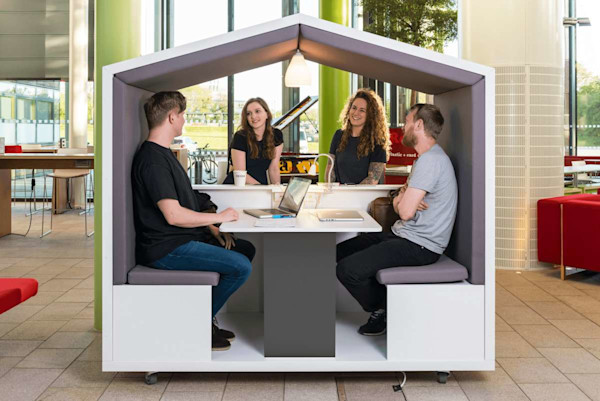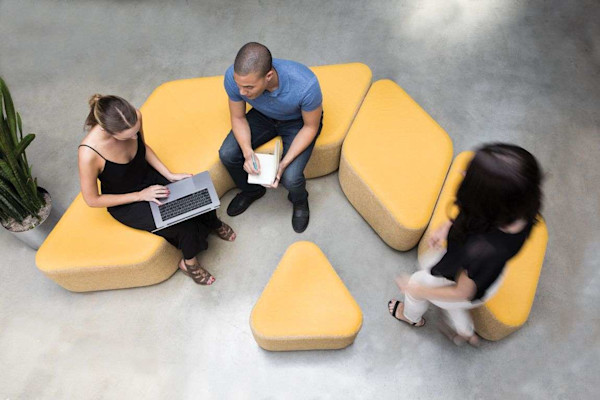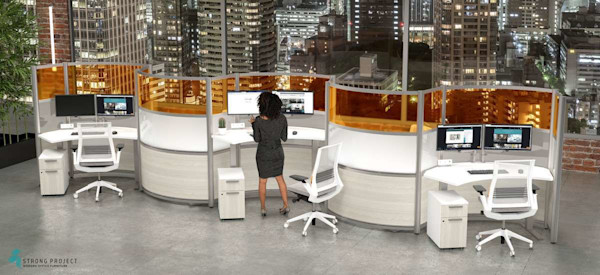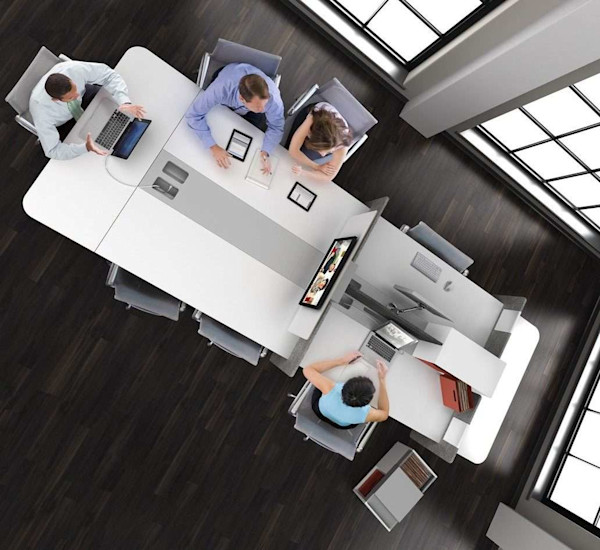What Is A Hybrid Workplace? The Future Of Work

The hybrid workplace model has been implemented for many reasons. Whether it was out of necessity due to COVID-19, energy conservation, or productivity, the hybrid model for working is becoming more and more widely accepted. We have found that some industries can greatly benefit from a hybrid model and for others, the need for face-to-face interaction is still very much needed. The hybrid working environment is an ever-evolving landscape and the hybrid workforce is no different.
The Hybrid Environment

The Hybrid Workforce

The Future of the Hybrid Workplace

As the hybrid workforce continues to grow and the model becomes more and more viable, we will continue to identify new benefits.
In a recent article, the analytics company Gallup highlights how employees would rather work completely from home or at least in a hybrid setting. Gallup reported that almost half of all full-time jobs can be done fully remotely. While a lot of employers might not want to make that transition, they may find some benefit in allowing their employees to have a little more freedom. Gallup’s report found that the majority of workers would prefer to have a blended schedule that would let them work in person and from home. Some companies choose to have a set schedule, while others give their employees autonomy over their in-office days.
The Custom Cubicle

Providing an environment that encourages communication is necessary for increased productivity in a team setting.
Custom cubicles also make an ideal setting for desk hoteling or hotdesking. These two models of desk sharing may be useful if your hybrid workforce is trying to maximize office space. Offices that are new to the hybrid work model will always have learning curves. There is a lot that needs to be considered when designing in-person workspaces. The implementation of custom cubicles allows room when adapting to a hybrid transition. A hybrid workplace is a dynamic environment and the flexibility and mobility of custom cubicles make it an ideal choice for office furniture.
Collaboration in the Hybrid Workplace




